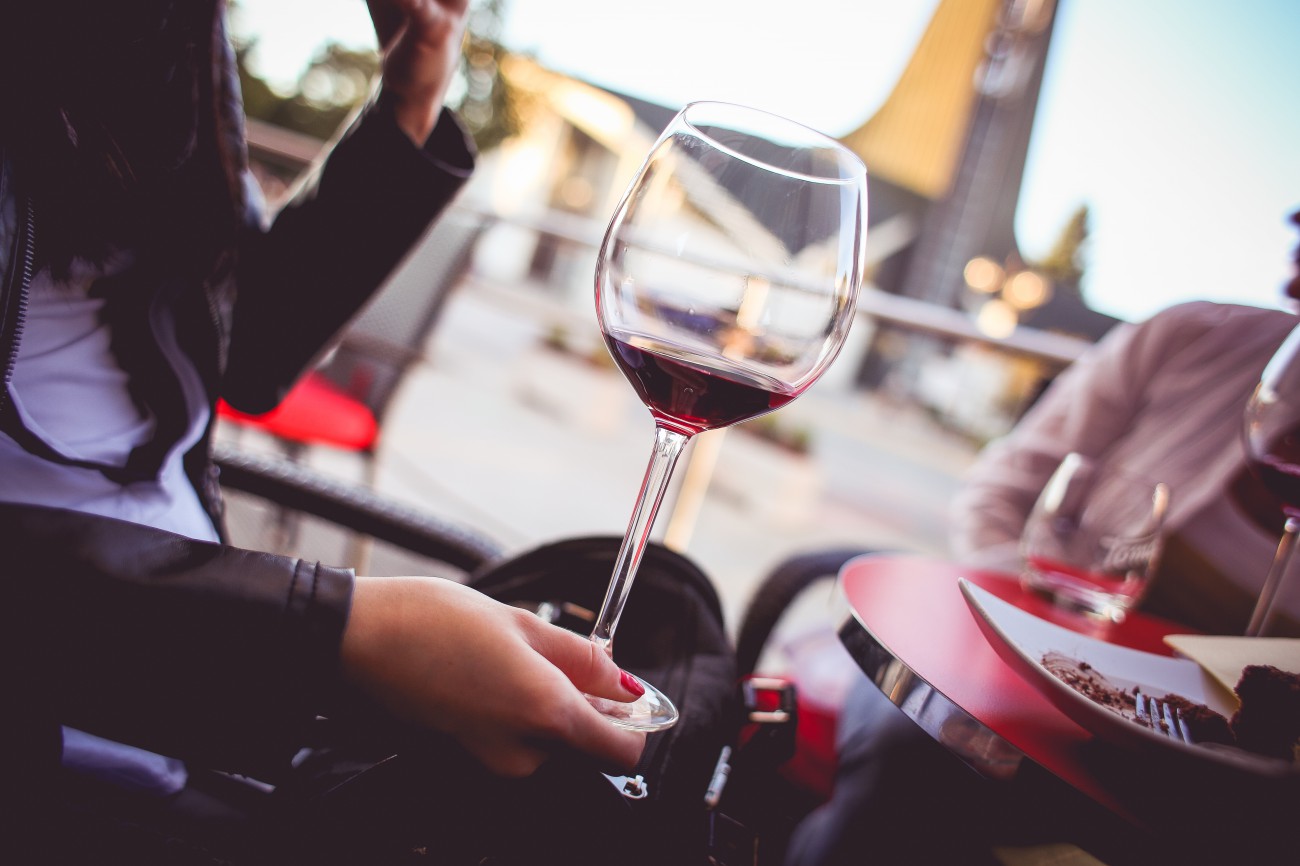As the year hurtles towards Christmas and holidays, drinking opportunities abound. At the same time, alcohol consumption guidelines are tightening in line with health research. How do we juggle the two?
A recent national radio talkback program highlighted the tension between living in an alcohol-saturated country while health advice suggests we reign it in.
Many of the callers were middle-aged women, a group now among the country’s heaviest drinkers.
Alcohol is deeply embedded in our culture, they said. It’s everywhere. Wine o’clock. Even at book club people have a drink in their hand.
Callers also shared their different reasons for drinking.
For some it was a treat — a reward for the hard slog of managing work and family. Or it just made them feel happier and more confident.
Others used it to cope with stress and anxiety. During covid lockdowns wine was the access to surviving home schooling and being unable to go more than 5km from home.
There’s also a well-established culture of drinking among older Australians. A recent study by La Trobe Uni showed that 17 percent of people over 60 drink at levels above the recommended guidelines, mostly at home.
Like women in their 40s and 50s, older women drink for both positive and negative reasons.
On one hand it’s fun, social and relaxing. On the other, it’s there when we feel stressed, lonely or bored.
What was clear from the talkback program was that for a range of reasons cutting down can be hard.
One woman shared her trick of putting a small amount of red wine in a glass and topping it up with non-alcoholic wine.
“What if you just said to people I’m not drinking right now?” asked the presenter.
“I think they’d think I’d gone crazy,” she said.
Part of the messiness of the alcohol picture is that while other people’s judgements can make it hard to say no, on the flipside, anyone seen to be overdoing it is looked down on. It can be a fine line.
Into all this comes the health message that alcohol increases our risk of conditions such as breast cancer, bowel cancer and high blood pressure.
In recent years Australian recommendations have dropped from 14 standard drinks a week to 10. Given older women don’t metabolise alcohol as well as men or younger people, it makes sense that we aim for less than 10.
But as I mentioned last month, Canadian guidelines now put low risk at two standard drinks a week.
That in itself is confusing. There’s a big gap between two and 10.
And go to a breast cancer fund raising event and you can bet the wine or bubbles will be flowing. Some alcohol brands apparently display pink ribbons to ‘raise awareness’ about breast cancer.
So it’s not surprising that research shows many women take health information on alcohol with a grain of salt.
They assume the media is fearmongering, they don’t trust the word of experts, and since new research has a habit of contradicting previous research, they’re happy to ignore it.
Clearly health messaging needs to improve. And given many women drink to cope, we need more and better mental health and support services.
But in the meantime, where does that leave us as individuals trying to do the best we can? Here are a few thoughts.
- Each of us needs to weigh up our own circumstances, including our health, medications and so on. There’s a lot to be said for relaxing and enjoying ourselves over a glass of wine. It’s a matter of degree, and most people aren’t drinking too much. But if there’s a case for cutting back, are there other ways we could satisfy the role alcohol is playing?
- As frustrating as it is when health advice changes, that’s reality. Over time scientists develop new techniques, capacities and insights. It can be tempting to dismiss advice that doesn’t suit us, but gut feelings and opinions aren’t a reliable guide.
- As party season rolls on, especially if we’re facing an avalanche of events to attend, it’s wise to think about how to best manage our drinking. We don’t have to accept every invitation, and it’s fine to arrive with a bottle of something non-alcoholic.
- If we’re the ones hosting, it works to provide alternatives to alcohol, and preferably not sugary ones like orange juice or soft drink. Offering tea, coffee, water or mineral water gives people a choice.
- Of course, avoid making people who don’t want to drink feel as though there’s something wrong with them. And if it becomes apparent that someone in your circles is struggling with alcohol, consider how to support them, rather than joining the morality police.
If there’s one thing we know for sure, it’s that getting this right often isn’t easy.
Photo Source: Viktor Hanacek, Picjumbo

